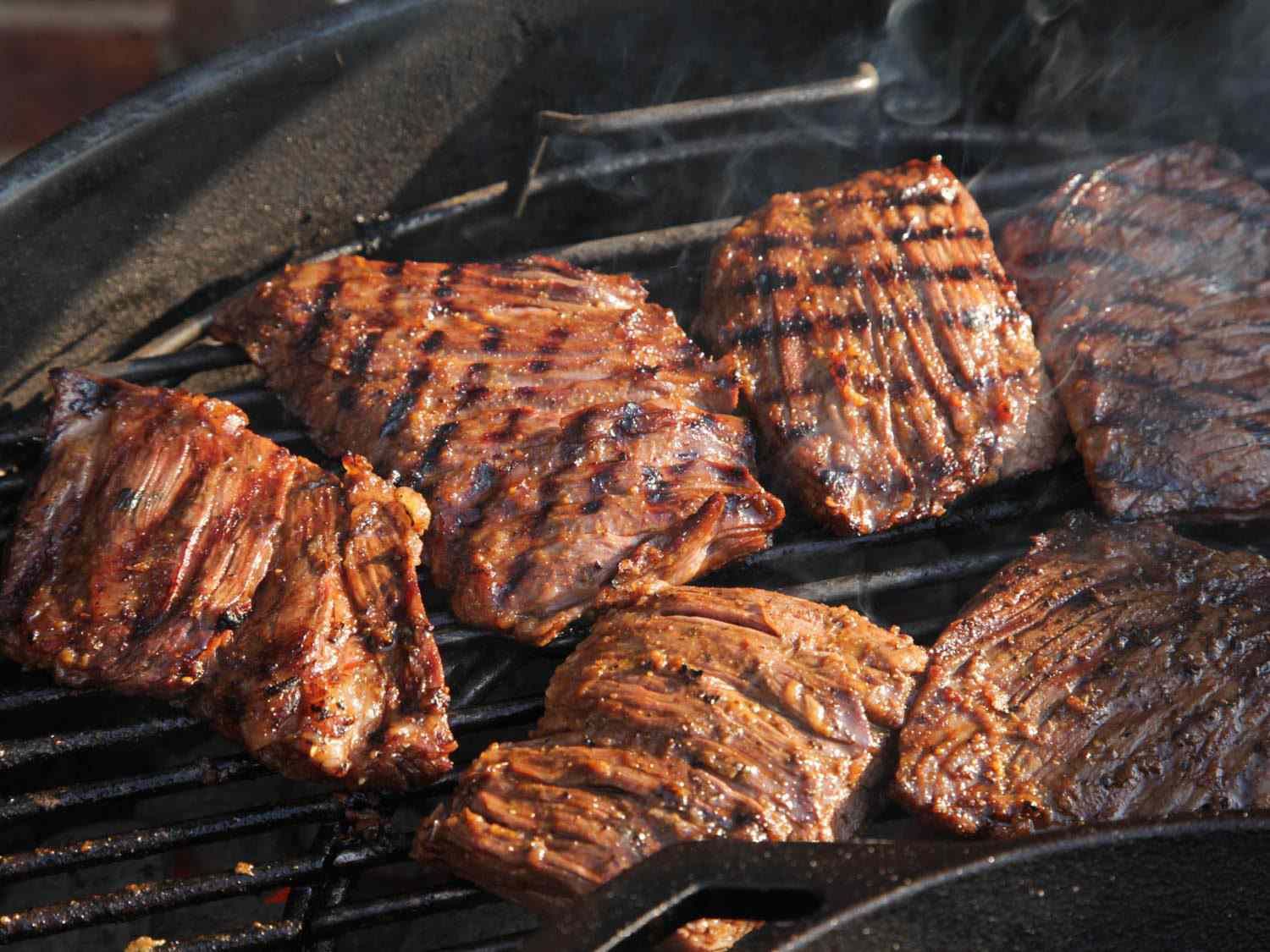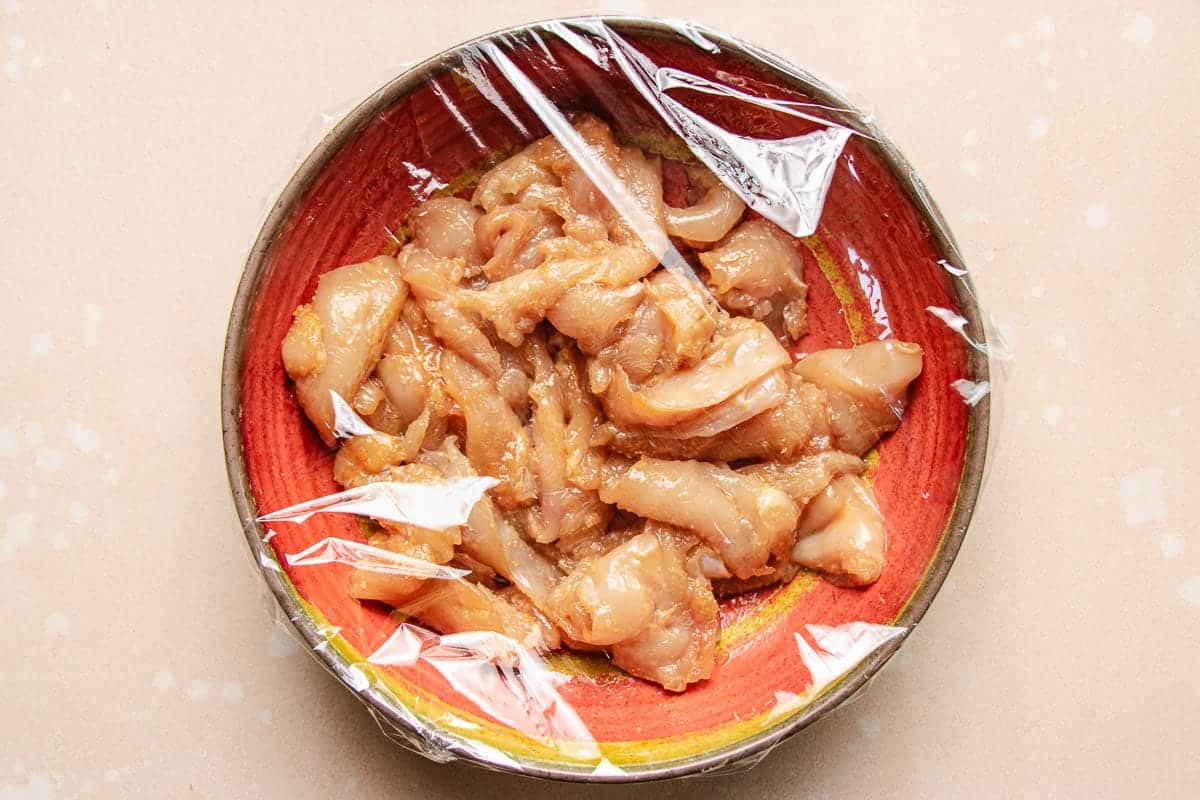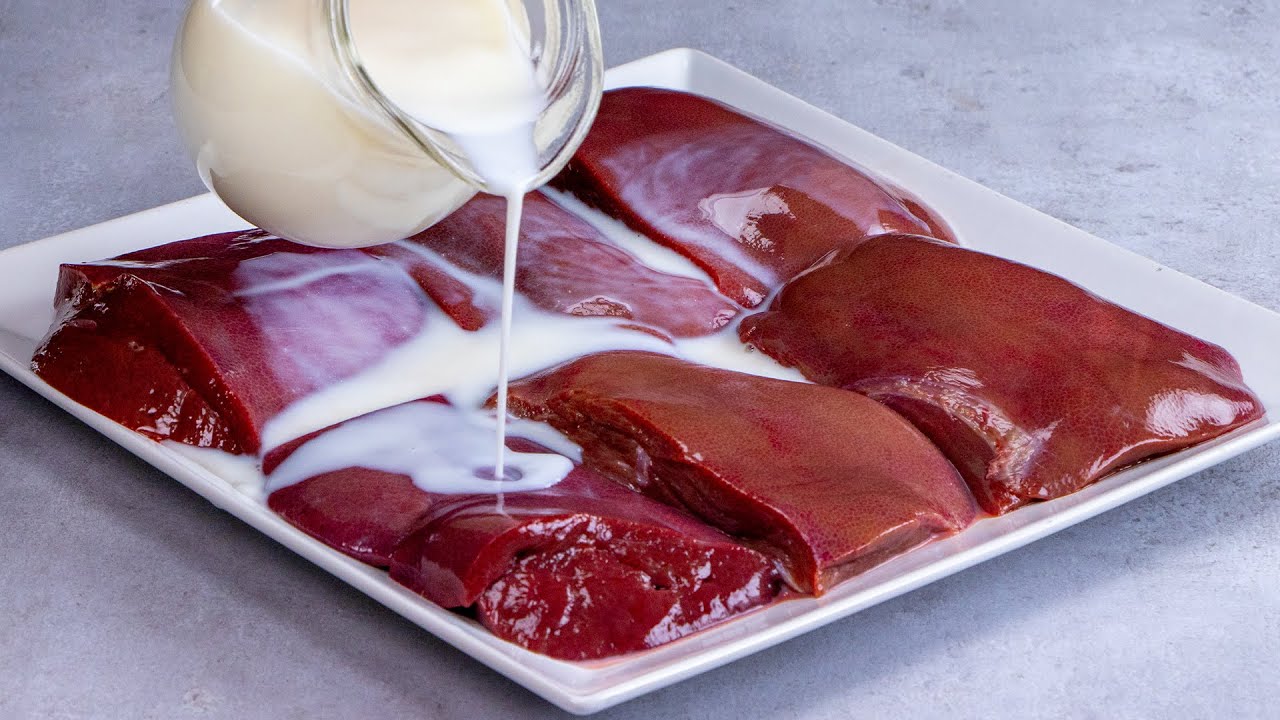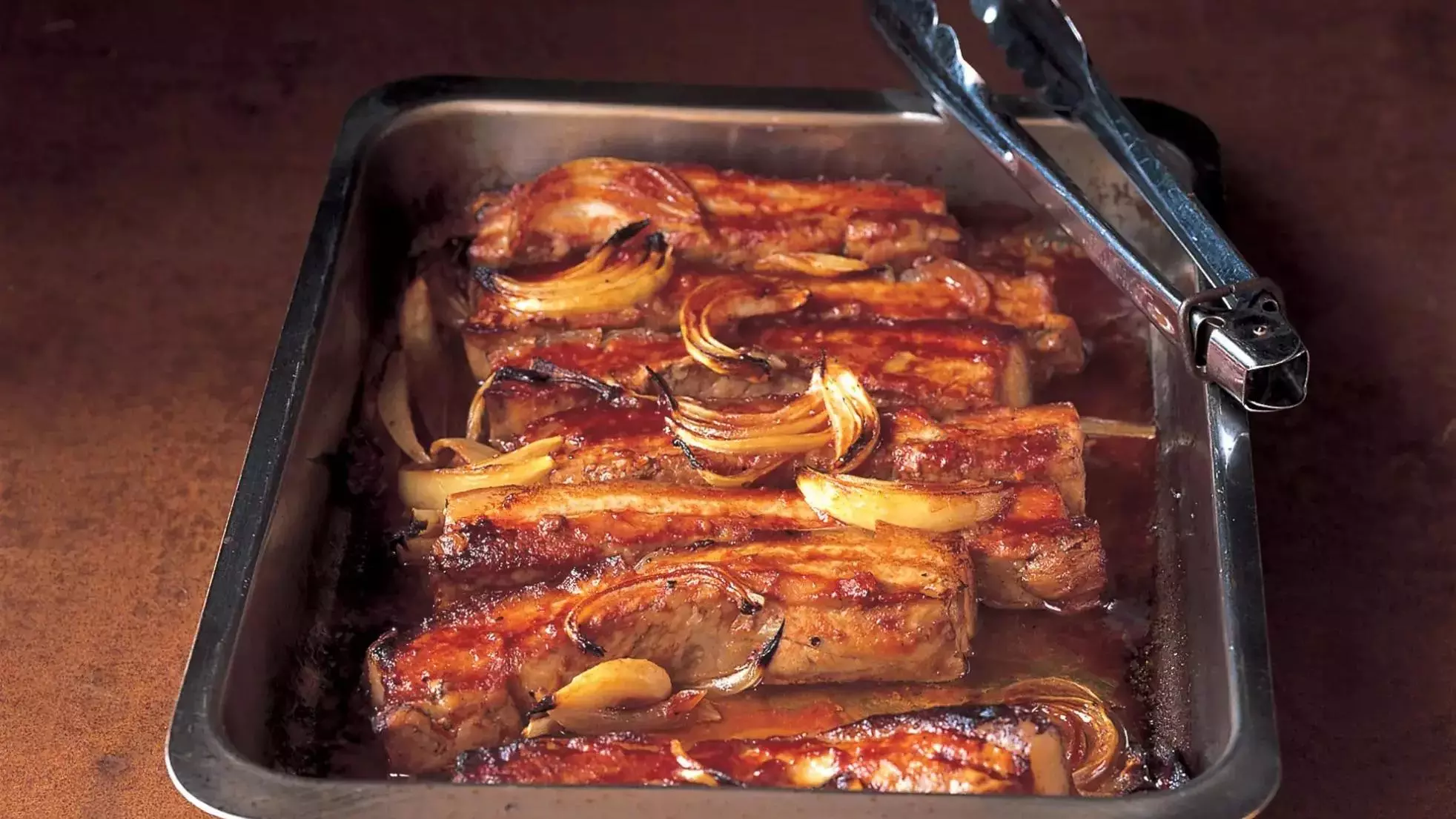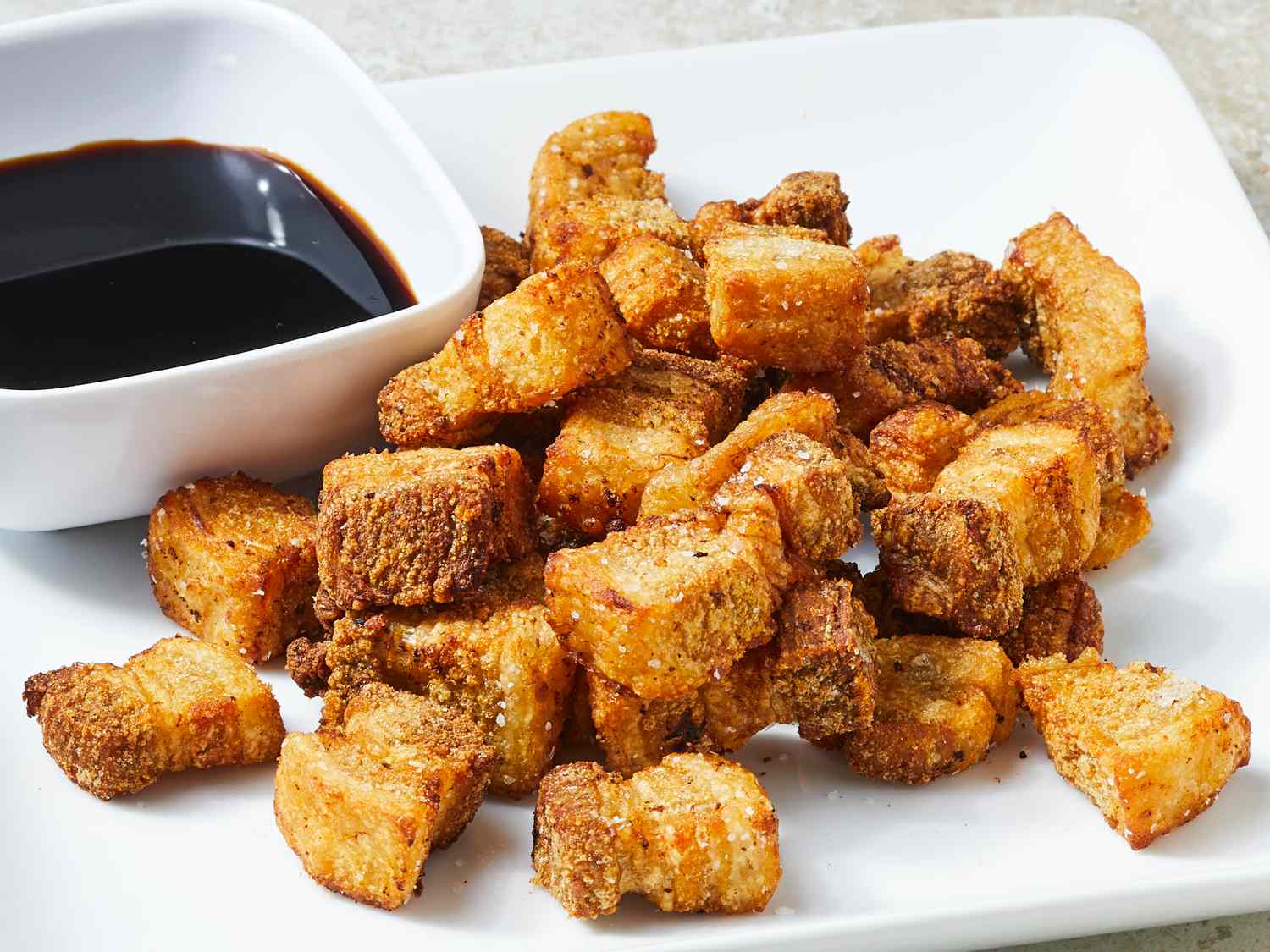Marinating Meat in Corn Flour: A Delicious Twist to Your Recipes
Marinating meat is a great way to infuse flavor and tenderness into your dishes. While there are numerous marinades to choose from, using corn flour as a base can take your culinary creations to the next level. Whether you’re preparing chicken, beef, or pork, marinating with corn flour can result in a crispy, flavorful coating that will leave your taste buds wanting more.
Why Use Corn Flour for Marinating Meat?
Corn flour, also known as cornstarch, is a versatile ingredient that can be used to create a crispy coating on meat. When mixed with other seasonings and liquids, it forms a thick, flavorful marinade that enhances the taste and texture of the meat. The corn flour helps to seal in the juices, resulting in moist and tender meat when cooked.
Steps to Marinate Meat in Corn Flour
Marinating meat in corn flour is a simple process that can elevate your dishes. Follow these steps to achieve delicious, flavorful results:
- Prepare the Marinade: In a bowl, mix corn flour with your choice of seasonings such as salt, pepper, garlic powder, and paprika. You can also add liquids like soy sauce, lemon juice, or vinegar to enhance the flavor.
- Coat the Meat: Place the meat in the marinade, ensuring that it is fully coated. Allow the meat to sit in the marinade for at least 30 minutes to allow the flavors to penetrate the meat.
- Cooking: Once the meat has marinated, it can be cooked according to your recipe. Whether you choose to grill, bake, or fry the meat, the corn flour coating will create a crispy and flavorful exterior.
Benefits of Marinating Meat in Corn Flour
Marinating meat in corn flour offers several advantages:
- Enhanced Flavor: The corn flour marinade adds a delicious, savory flavor to the meat, elevating the overall taste of the dish.
- Tenderness: The corn flour helps to tenderize the meat, resulting in a juicy and succulent texture.
- Crispy Coating: When cooked, the corn flour forms a crispy coating on the meat, adding a delightful crunch to each bite.
- Versatility: Corn flour can be used to marinate a variety of meats, making it a versatile ingredient for your culinary endeavors.
Recipes to Try
Now that you know how to marinate meat in corn flour, it’s time to put your skills to the test with some delicious recipes. Whether you’re craving crispy chicken tenders or savory beef stir-fry, the possibilities are endless. Experiment with different seasonings and cooking methods to create mouthwatering dishes that will impress your family and friends.
Next time you’re planning a meal, consider marinating your meat in corn flour for a delectable twist that will take your cooking to new heights. With its ability to enhance flavor, texture, and overall appeal, corn flour is a secret weapon in the kitchen that every home chef should have in their arsenal.
So, go ahead and explore the world of marinating meat in corn flour – your taste buds will thank you!


